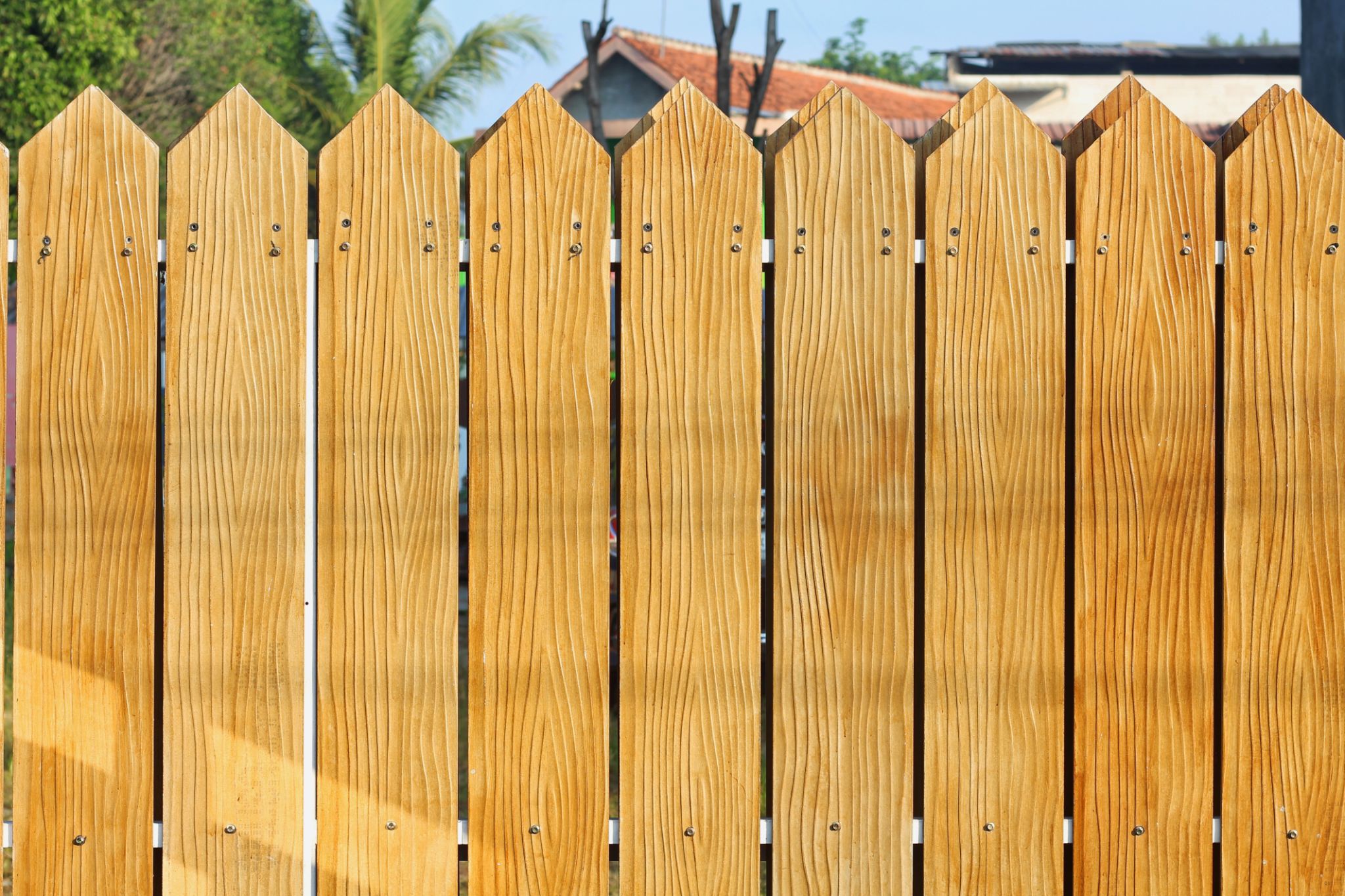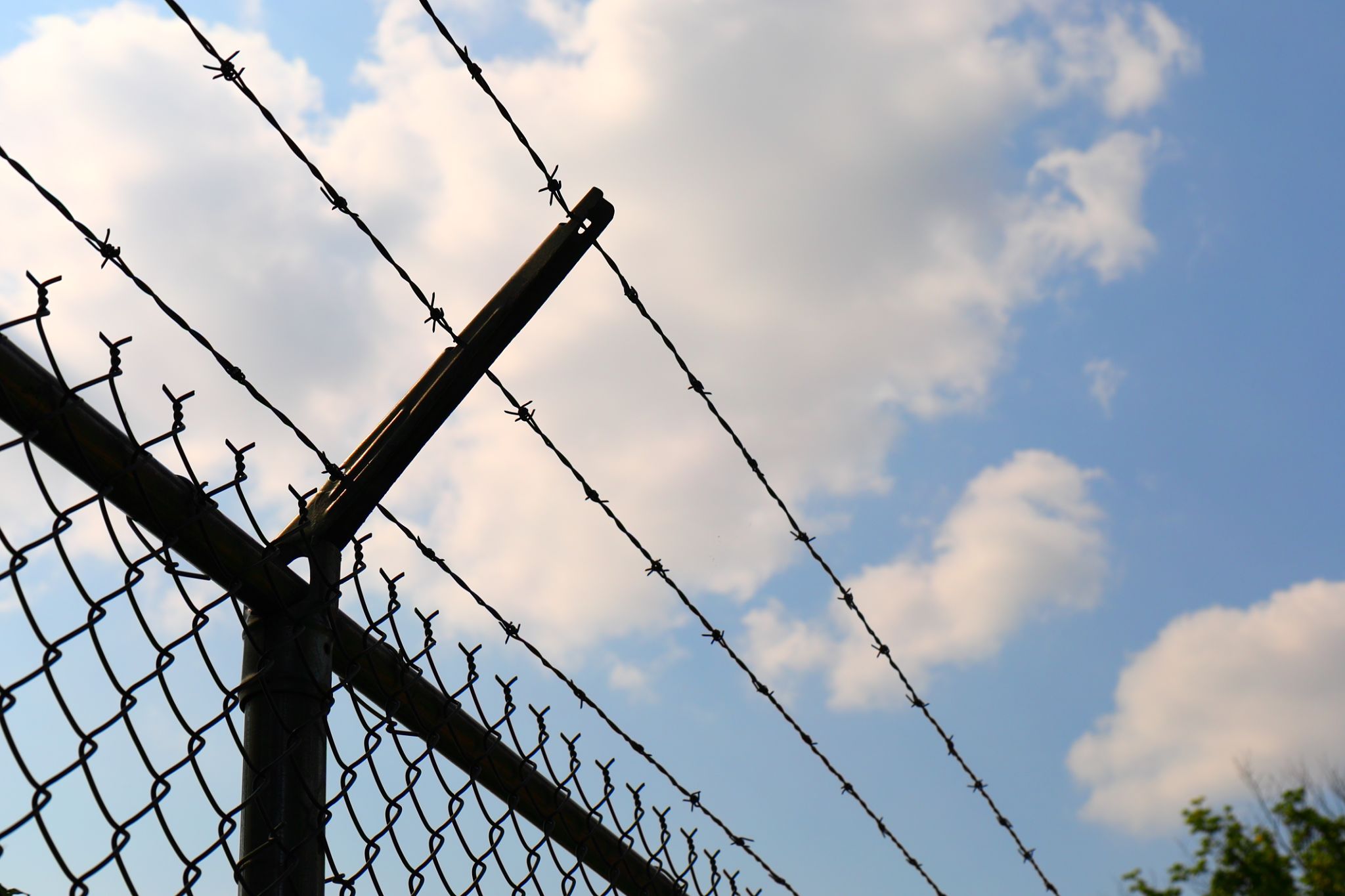Comparing Fence Materials: Wood vs. Vinyl vs. Metal
Introduction to Fence Materials
Choosing the right fence material is crucial for homeowners and property managers who want to strike a balance between aesthetics, functionality, and budget. The three most popular materials—wood, vinyl, and metal—each have unique advantages and disadvantages. Understanding these can help you make an informed decision.
Wood Fences: Classic Charm
Wood fences are a traditional favorite, offering a natural look that blends well with various landscapes. With options like cedar, pine, and redwood, wood provides flexibility in style and design. One of the primary advantages of wood is its customizability. You can paint or stain it to match your aesthetic preferences.

However, wood requires regular maintenance to prevent rot, insect damage, and weathering. Homeowners need to be prepared for periodic sealing or staining to maintain its appearance and prolong its lifespan. Despite this, many find the effort worthwhile for the warm and inviting ambiance wood fences provide.
Vinyl Fences: Low Maintenance
Vinyl fences have gained popularity due to their low maintenance requirements. Made from durable PVC plastic, they are resistant to rot, pests, and weathering. Vinyl fences are easy to clean with just soap and water, making them an attractive option for those who prefer minimal upkeep.
While the initial cost of vinyl may be higher than wood, the long-term savings on maintenance can offset this investment. However, vinyl lacks the natural appeal of wood and comes in fewer color options, which might limit its use in certain aesthetic designs.

Metal Fences: Durability and Security
Metal fences, particularly those made from aluminum or wrought iron, are known for their strength and durability. Ideal for security purposes, they offer a robust barrier while adding an elegant touch to any property. Metal fences require little maintenance beyond occasional cleaning and rust prevention treatments.
Aluminum fences are lightweight and resist rust, making them suitable for coastal areas. In contrast, wrought iron provides a classic look but may require more maintenance to prevent rust over time. It's important to consider potential rust issues when choosing metal for your fencing needs.

Comparing Costs
When comparing costs, wood is generally the most affordable option upfront but can become costly over time due to maintenance. Vinyl is more expensive initially but offers savings with its low maintenance needs. Metal fences vary widely in cost depending on the material and design but often represent a significant upfront investment.
Making the Right Choice
The ideal fence material depends on your priorities—be it aesthetics, budget, security, or maintenance. For a classic look with customization options, wood may be your best bet. If you prioritize low maintenance and durability, vinyl could be the way to go. For those focused on security and strength with a touch of elegance, metal might be the best choice.
Ultimately, each material has its pros and cons, and your decision should reflect your personal needs and preferences. By understanding the unique features of wood, vinyl, and metal fences, you can choose a material that enhances your property's value and appeal while meeting practical requirements.